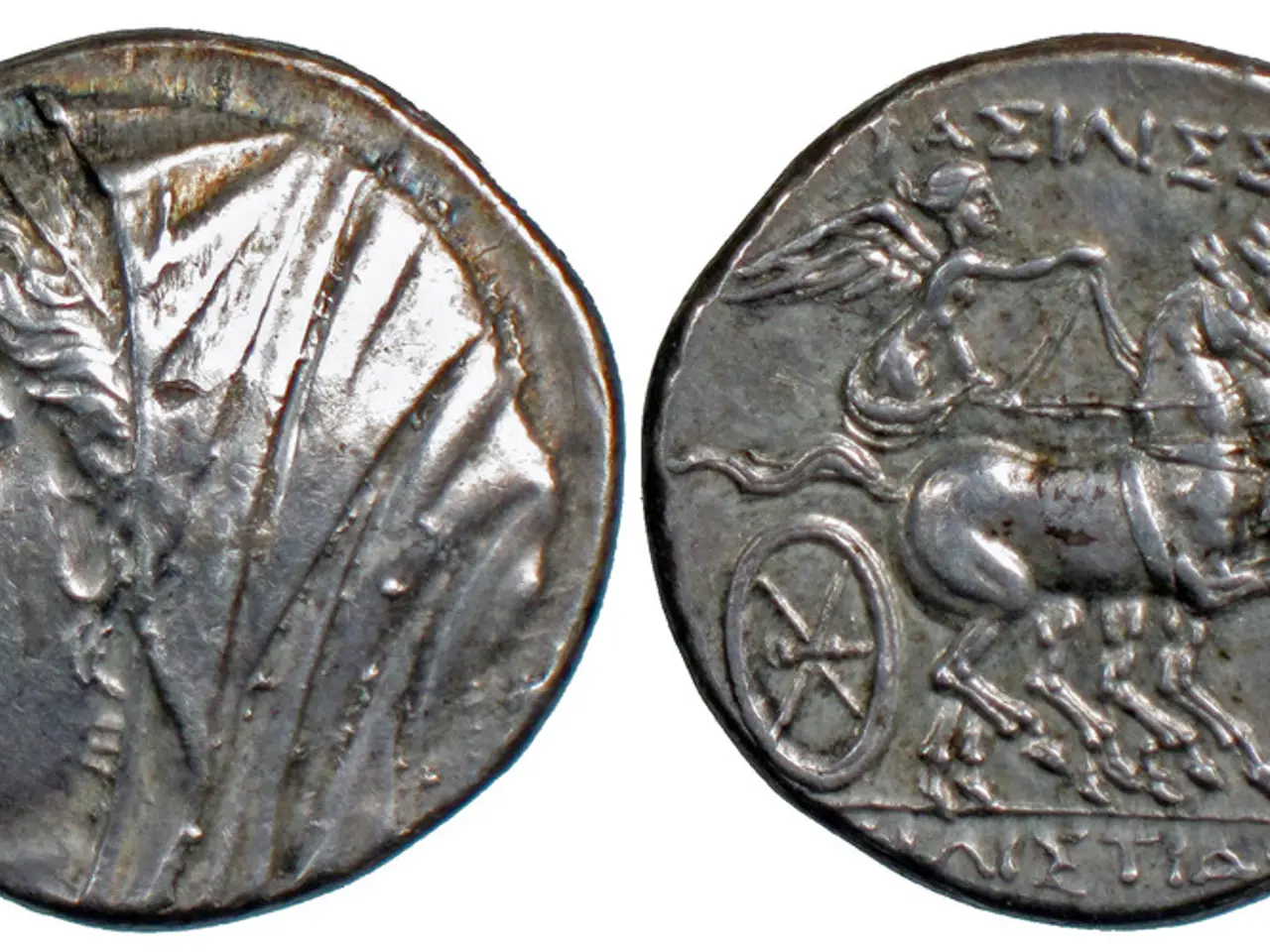Economic Integration: Pros, Cons, and Its Operation (Illustrated by EU)
The European Monetary Union: Unifying Economies, Limiting Autonomy
The European Monetary Union (EMU), established in 1992 by the Maastricht Treaty, is an economic agreement between 19 of the 28 EU member states. This union functions like an economic version of a borderless state, eliminating tariffs, quotas, and other restrictions between member countries.
One of the key advantages of the EMU is the shared currency, the Euro, and the standardized monetary policy it projects. By adopting a common currency, member states eliminate exchange rate risk among themselves, facilitating trade and investment within the Eurozone. The European Central Bank (ECB), the central governing body for the EMU, manages the Euro and sets interest rates to maintain price stability and control inflation.
This centralization fosters greater economic stability and discipline by limiting excessive deficits and debt at the national level. The EMU also promotes deeper integration of EU economies, enhancing political cohesion and creating a large unified market.
However, joining the EMU comes with its challenges. Member states lose control over their independent monetary policy, meaning they cannot adjust interest rates or devalue currency to respond flexibly to national economic shocks or recessions. Fiscal policy remains mostly national, but coordination is difficult, creating an asymmetric policy framework where monetary policy is centralized but fiscal policy is fragmented.
Countries face strict fiscal rules under the Stability and Growth Pact, limiting deficits and debt, which can constrain economic growth and flexibility during crises. The union may experience economic divergence, as diverse economies cannot tailor monetary tools to local conditions, potentially exacerbating unemployment or recession in weaker members.
Effective communication and compromise become crucial in navigating potential disagreements within a monetary union. The free movement of factors of production leads to a more efficient allocation of resources throughout the union. The shared currency eliminates exchange rate fluctuations and transaction costs, further streamlining trade within the union.
Member states in a monetary union can present a united front when it comes to trade with nations outside the union, establishing common trade policies. The EMU fosters deeper financial integration within the EU, potentially attracting foreign investment and creating a more favorable environment for businesses operating across the eurozone.
However, the EMU can create challenges, as weaker economies within the union might rely on stronger ones for financial support. The free movement of skilled workers allows them to find jobs in member countries with higher demand for their expertise, and businesses to invest capital freely across borders.
In summary, the EMU offers economic stability and integration benefits but limits national policy autonomy and requires careful fiscal coordination to manage divergence risks. It aims to foster sustainable economic growth, stability, and prosperity for its member nations.
[1] "The European Monetary Union: An Overview," Congressional Research Service, 2019. [2] "The Euro and the European Monetary Union," Federal Reserve Bank of St. Louis, 2021. [3] "The Economic and Monetary Union," European Central Bank, 2021. [4] "The Euro and the European Monetary Union: Pros and Cons," Investopedia, 2021. [5] "The European Monetary Union: Challenges and Opportunities," World Bank, 2021.
- The European Central Bank, as the central governing body for the European Monetary Union (EMU), not only manages the Euro and sets interest rates to maintain price stability and control inflation, but also plays a significant role in finance and education-and-self-development by fostering deeper financial integration within the EU, potentially attracting foreign investment and creating a more favorable environment for businesses operating across the eurozone.
- Additionally, engaging in the European Monetary Union signifies a commitment to the principles of shared economic responsibility and discipline, as member states adhere to strict fiscal rules in order to mitigate excessive deficits and debt, thereby promoting business confidence and economic stability, which indirectly contributes to education-and-self-development by creating a conducive environment for economic growth and prosperity.




